It is quite intriguing how Windows 10 took off shortly after its announcement on the 29 of July 2015 and it is without a doubt that it’s the best Windows ever – which is what a sequel of any operating system should be anyway – unlike those that came before it (I’m looking at you Window 8/8/1).
Microsoft currently boasts of over 200 million devices currently running its flagship operating system, which is a humongous amount if you ask me. Notwithstanding, the market share of Windows 7 still surpasses that of Windows 10.
However, given the success rate of Windows 10 in the short space of time, we’d expect its usage share to eventually grow over the next few years to beat Windows 7 – just the same way the latter took over Windows XP.
I like to attribute Windows 10 to “8.1 done right” particularly because it’s more or less a refined form of the latter – with still a lot of improvements under the hood.
Given the entire nature of the Windows operating system as a closed – money/data hoarding platform, it’s mostly fair that people that value their privacy or are otherwise displeased with Windows 10 will look out for the better alternatives while still offering a similar experience akin to what the 10’s GUI offers.
In this article, we’ve picked 5 Linux distributions that will give you the best possible Windows-esque desktop experience on Linux.
1. Zorin OS
Zorin OS is perhaps the most prominent of the bunch and has quite the manpower with a standardized development cycle (one that is similar to Ubuntu LTS and short-term releases).
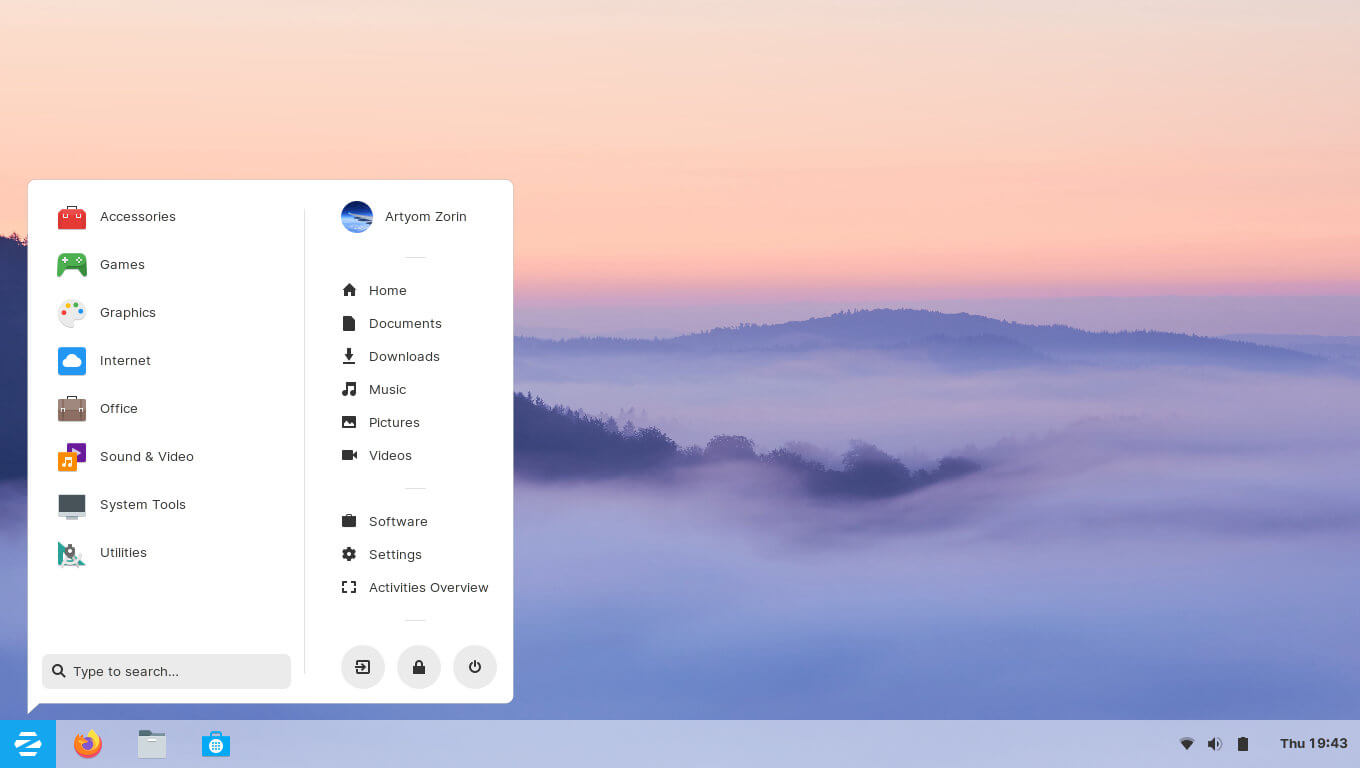
The Zorin OS once installed, will make you feel right at home as it has that generalized Windows look, and for a user coming from Windows, you almost will be able to go wherever you’re most fond of visiting on your Windows PC.
It is noteworthy that Zorin shares the same codebase as Ubuntu and uses a heavily modified DE dubbed Zorin DE and based on Gnome 3.
By default, Zorin OS is meant to look like Windows 7, but you have other options in the look changer which are the Windows XP style and Gnome 3.
Better yet, Zorin comes with Wine (which is an emulator that allows you to run win32 apps in Linux) preinstalled and many other applications that you’ll need for basic tasks.
2. ReactOS
ReactOS is a very old operating system that has been active development for the last two decades and it aims to be the most aesthetically pleasing OS that steals you completely from Windows.
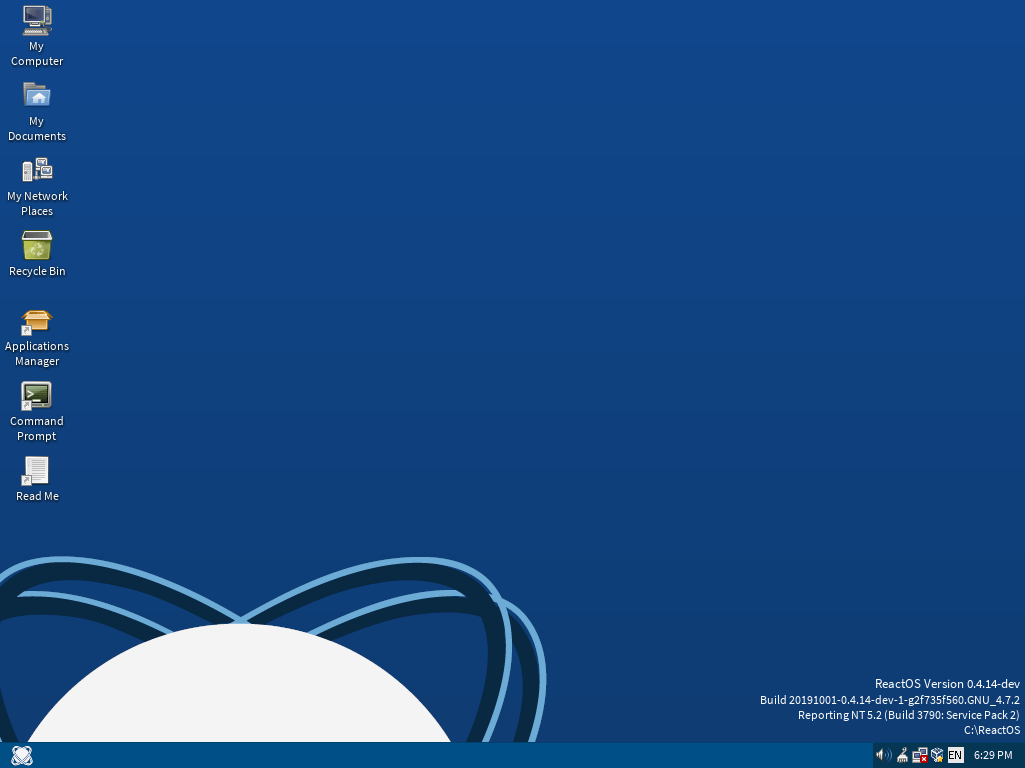
If you thought Windows 10 was quite the looker, give ReactOS a try and you’ll almost never look back. The OS comes with a complete and unique customizability set which is quite comparable to that of Zorin OS but much more extensive and consistent all through the operating system.
Given that ReactOS is a relatively old operating system, you might be a tad unwillingly to give it a shot, but believe me, I’ve test-driven it for the well part of a week and I can very well say the stability is top-notch and comparable to the rest of this list which is why I gave it the number 2 spot.
[ You might also like: ReactOS Alternative to Windows – Review, and Installation ]
3. Elementary OS
Elementary OS is one of the many options poised as a fast replacement for Windows and MAC users alike looking to migrate to Linux.
However, Elementary OS doesn’t have the same conventional windows-like UI as the aforementioned distributions (why it made the third on our list).
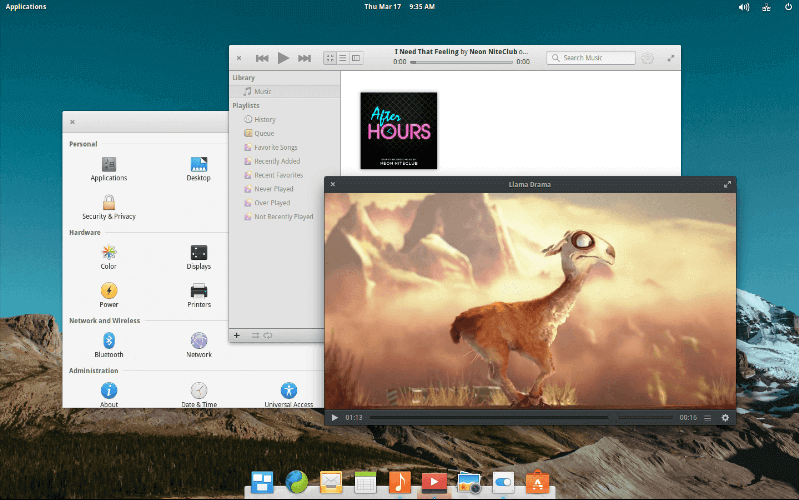
The operating system is extremely solid and will easily grow on you once you begin using the Pantheon DE (which is elementary’s home-grown desktop environment).
Pantheon is more or less a MAC lookalike and will be mostly befitting to users coming from OSX, however, that doesn’t rule out the fact that Windows users can as well enjoy the distro as much.
The most recent release of Elementary OS 5.1.7 Hera is based on Ubuntu 18.04 LTS which, of course, means that you’ll be getting updates and security patches for the next five years as it is with most Ubuntu LTS releases.
The latest release is codenamed Hera and it’s available for the most popular PC architectures out there (x64) and quite lightweight too. For optimal performance, it’s advisable to have a PC with at least 2GB of RAM and a dual-core Intel SoC or an AMD equivalent.
4. Kubuntu
Kubuntu will be your go-to distro if you’re looking for extreme reconfigurability with an app for everything outside the box.
The distro comes with the KDE desktop environment and has for long been an officially supported branch of Ubuntu with KDE-specific applications for pretty much everything you’ll need to do.
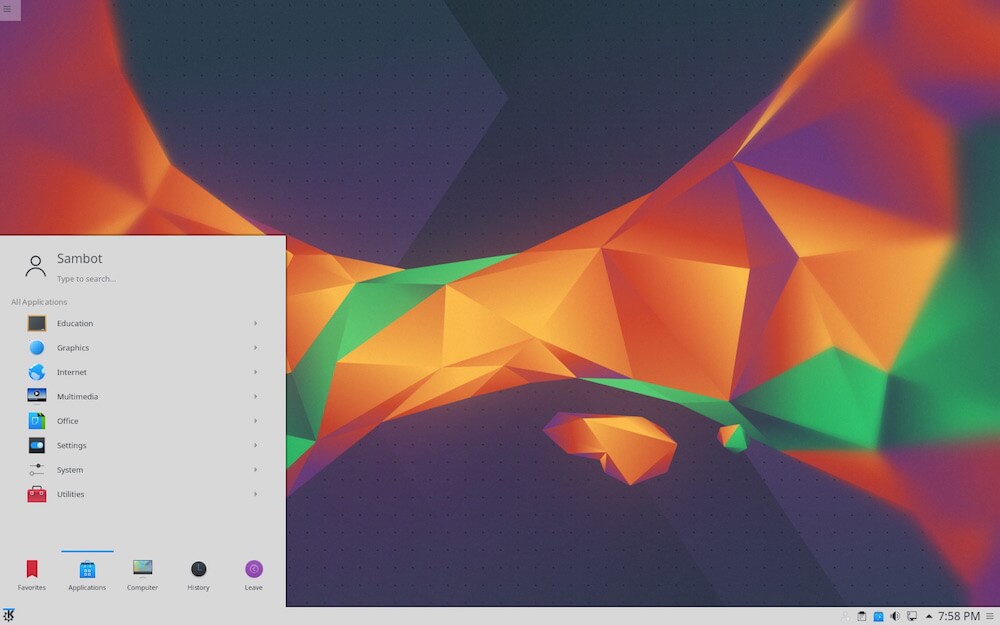
The flagship desktop experience is tagged Plasma and it’s currently at version 5.21 which features a seeming flat UI all through the operating system.
The KDE Plasma experience is, however, evolving to be a more rolling type of release for those that want the latest and greatest of KDE under the moniker KDE Neon which was recently established by the former maintainer of Kubuntu.
So whatever the case may be, if you decide to go with Kubuntu, be sure to keep an eye on the KDE Neon development so you may know whether to switch or not.
It is noteworthy, that the KDE Neon experience will eventually evolve to use the up-and-coming Ubuntu 20.04 LTS base which, of course, means updates and patches for the next 5 years.
KDE apps are built using the Qt framework which is known for having strong cross-platform support and also allows easy interoperability with other platforms.
Mind you, Kubuntu is not exactly lightweight and your system must have ample resources to be able to effectively run the OS as it features animations all through (which can, of course, be disabled but will strip down the Kubuntu experience).
5. Linux Mint
This list wouldn’t be complete without Linux Mint in it. Let’s just be fair about that. Linux Mint perhaps has an edge here for being the second most popular operating system for newbies in the Linux world which is not too much of a surprise (putting into consideration the original vision of Linux Mint devs – which is essentially an operating system that has absolutely no learning curve to start working immediately).
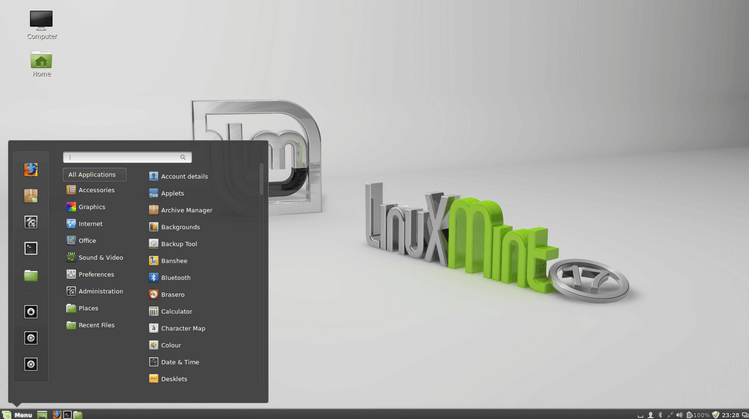
Linux Mint is based on Ubuntu and essentially shares a high percentage of the Ubuntu codebase. Mint has been fondly called “Ubuntu done right” over the years which is certainly true when you look at it from the perspective of a newcomer to Linux.
Mint will make you feel right at home once you get a hang of the fair amount of navigation difference that makes it differ from what you’ll mostly find on Windows.
Cinnamon is an in-house DE that ships with Mint, However, there’s the Mate, and Xfce variants (all of which are configurable to the very core).
[ You might also like: Linux Mint 20.1 Installation, Review, and Customization ]
Conclusion
This brings us to the end of our list and while it’s not exactly comprehensive, you can be sure that you won’t go amiss with whichever of the aforementioned distros you finally settle with.
In the event, you come across issues installing them or any challenge whatsoever, drop your comments in the box below and we’ll get back to you as soon as we can.


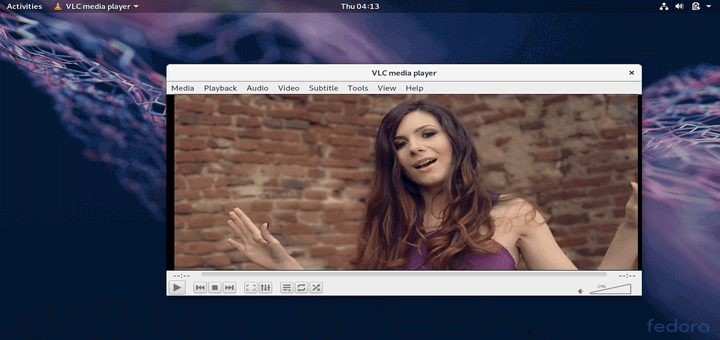
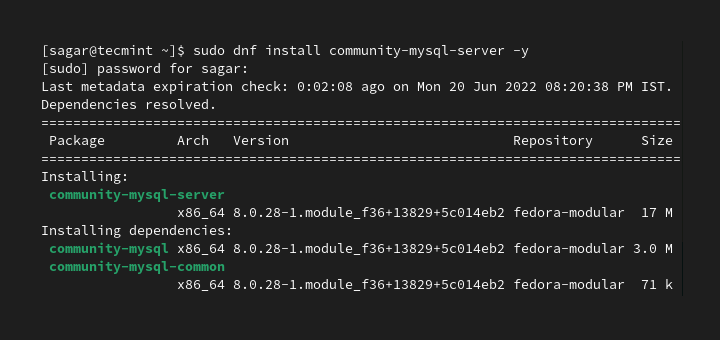


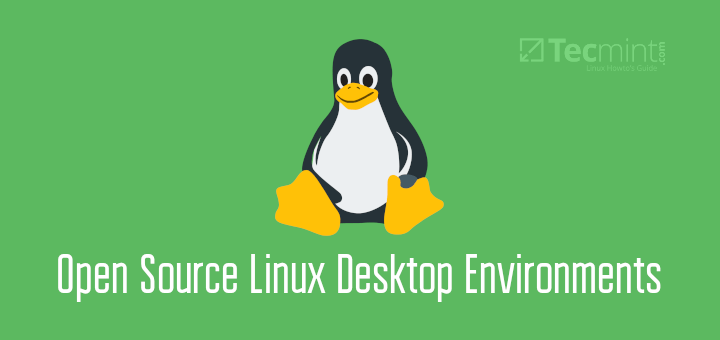
Yeah, I was a user from Scientific but was dropped, and take a look to OpenAsus was very changed, happy hour I FIND Q4os and a very pleased,
Best is Ubuntu Cinnamon Remix
I would recommend arcolinux for any beginner using Linux. it comes with calamare installer, very simple.
Chalet OS has not been updated since 2016. Distrowatch lists it as dormant.
What version of Linux has the highest amount of security, but is still easy to use?
Hello, I hope everyone is doing okay.
I went to distrowatch to download Elementary OS 5.1 Hera but it didn’t say if they took PayPal or not. I’m trying to stay away from sites that don’t accept it. I just wanted to burn it
to a DVD (my USB sticks are bursting at the seams) and see what it does. Any information would be greatly appreciated. Thanks for your time
Alan (Colorado) :-)
If anyone out there wants some help with getting going with Linux, just email me and I’ll do my best, I promise. You can also reply to my comment and I’ll theoretically get notified. I’ve been using Linux since about 2005 and have never looked back. My email address is:
jimbakerforlinuxcomcast.net.Does this still apply? It’s 2020 and I’ve had it with Windows and HATE Apple anything!
Q4OS Linux beats Zorin on Windows Look alike.
Most programs out there say “you must have windows 10 or better”….so I installed Linux because Linux is better..:)
Haha…that’s a good one xD